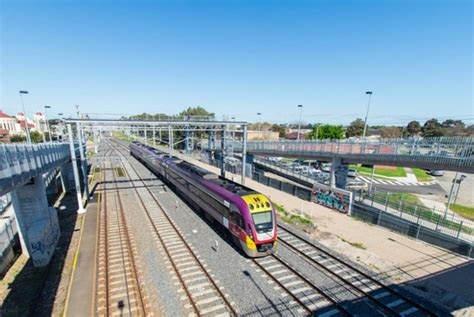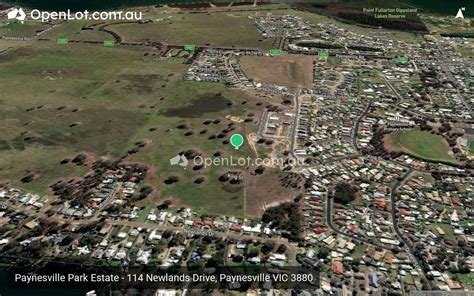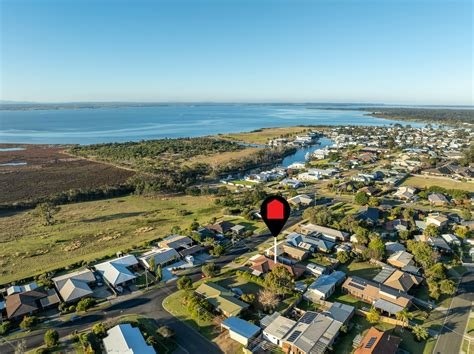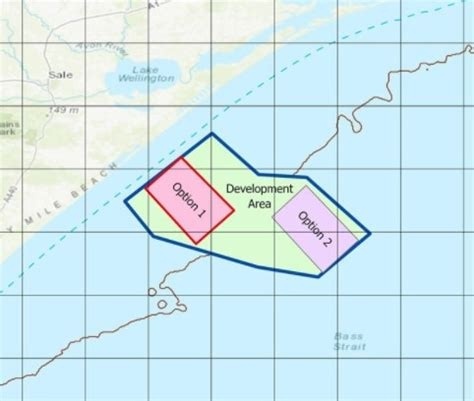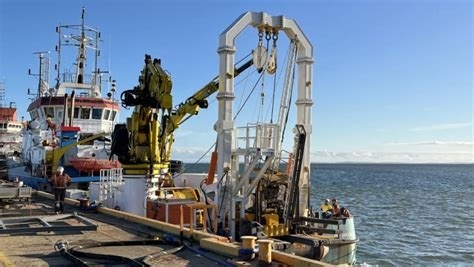Chart Color Schemes
est. as @ -- *
ABS ERP | -- people | --
2021 Census | -- people
Sales Activity
Curious about local property values? Filter the chart to assess the volume and appreciation (including resales) trends and regional comparisons, or scroll to the map below view this information at an individual property level.
Find a Recent Sale
Sales Detail
Population
Paynesville lies within the top quartile of areas nationally for population growth performance according to AreaSearch analysis of recent, and medium to long-term trends
Paynesville's population is around 7,340 as of Aug 2025. This reflects an increase of 363 people since the 2021 Census, which reported a population of 6,977 people. The change was inferred from the estimated resident population of 7,151 from the ABS as of June 2024 and an additional 321 validated new addresses since the Census date. This level of population equates to a density ratio of 17.6 persons per square kilometer. Paynesville's growth rate of 5.2% since the 2021 census exceeded the SA3 area's growth rate of 3.8%. Population growth was primarily driven by interstate migration, contributing approximately 82.7% of overall population gains during recent periods.
AreaSearch is adopting ABS/Geoscience Australia projections for each SA2 area, released in 2024 with a base year of 2022. For areas not covered, AreaSearch utilises VIC State Government's Regional/LGA projections released in 2023, adjusted using weighted aggregation from LGA to SA2 levels. Growth rates by age group are applied across all areas for years 2032 to 2041. Exceptional growth is predicted over the period, with the area expected to expand by 3,681 persons to 2041 based on latest population numbers, reflecting an increase of 47.6% in total over the 17 years.
Frequently Asked Questions - Population
Development
AreaSearch assessment of residential approval activity sees Paynesville among the top 30% of areas assessed nationwide
Paynesville averaged approximately 83 new dwelling approvals annually. The Australian Bureau of Statistics produces development approval data on a financial year basis, with 417 dwellings approved between FY20 and FY25, and 6 more in FY26 to date. Over the past five financial years (FY20-FY25), an average of 1 new resident per year arrived for each new home approved. This suggests that new supply has been keeping pace with or exceeding demand, providing ample buyer choice and creating capacity for population growth beyond current forecasts.
The average value of new dwellings developed was $393,000, aligning with broader regional development trends. In FY26, commercial approvals totaling $350,000 have been registered, indicating minimal commercial development activity in Paynesville compared to residential construction. When measured against the Rest of Vic., Paynesville records elevated construction activity, with 48.0% more construction per person over the five-year period ending FY25. This has maintained good buyer choice while supporting existing property values, and is significantly above the national average, indicating robust developer interest in the area.
Recent construction comprises 97.0% detached houses and 3.0% attached dwellings, preserving Paynesville's low density nature with an emphasis on detached housing attracting space-seeking buyers. With around 100 people per dwelling approval, Paynesville shows characteristics of a low-density area. Population forecasts indicate that Paynesville will gain approximately 3,492 residents by 2041. Development is keeping reasonable pace with projected growth, though buyers may face increasing competition as the population expands.
Frequently Asked Questions - Development
Infrastructure
Paynesville has emerging levels of nearby infrastructure activity, ranking in the 30thth percentile nationally
Changes in local infrastructure significantly affect an area's performance. AreaSearch has identified ten projects potentially impacting the region. Notable ones include Paynesville Park Estate, Palm Lake Resort Paynesville, Eagle Point Lifestyle Estate, and Shearwater Residential Development (59-Lot Stage). The following list details those most likely to be relevant.
Professional plan users can use the search below to filter and access additional projects.
INFRASTRUCTURE SEARCH
Frequently Asked Questions - Infrastructure
Gippsland Renewable Energy Park (GREP)
Proposed 500 megawatt solar capacity with 500MWh battery storage development on 5,000 acres. Originally developed by Solis Renewable Energy, now acquired by Octopus Australia & CEFC joint venture with Hostplus investment. Planned as Victoria's largest renewable energy park to replace coal generation.
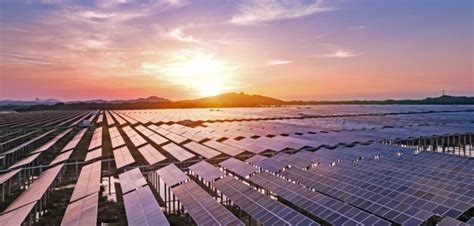
Gippsland Lakes Shared Community Hub
A new multi-purpose community facility replacing the existing Gippsland Lakes Yacht Club building. The facility, which is currently in the detailed design stage, will include amenities, boat storage, meeting and social spaces, multi-functional spaces, a public deck, and a function hall to support water sports, events, and tourism. The project received a $6.35 million Federal Government grant in January 2025, which, combined with a 1:1 Council contribution, brings the total project value to approximately $12.7 million.
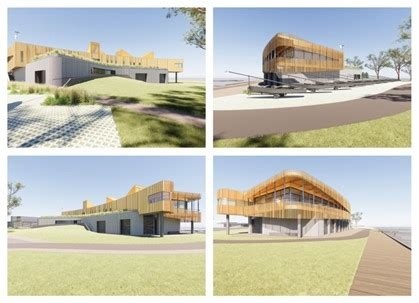
Paynesville Slip Road Maritime Precinct Upgrade
Upgrade of the maritime precinct including construction of new seawalls, jetties (creating around 40 new berths), a new longer and deeper boat ramp, car parking, boardwalks, pathways, and landscaping to enhance access and support recreational boating, tourism, and local marine businesses. The project has undergone design updates and is being delivered in phases. Construction is expected to be complete by February 2026.
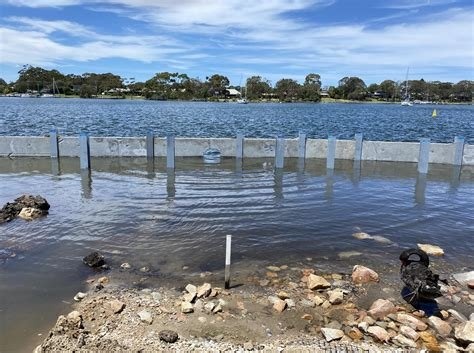
Gippsland Line Upgrade
The Gippsland Line Upgrade has delivered more frequent and reliable train services to the growing communities of Gippsland, allowing for extra daily services between Traralgon and Melbourne. Key features include upgrades to four stations (Morwell, Bunyip, Longwarry, and Traralgon), a new bridge over the Avon River at Stratford enabling trains to travel at up to 90km/h, and the creation of over 500 jobs.
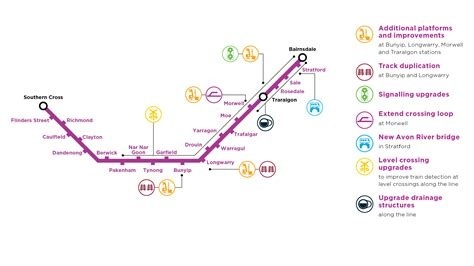
Paynesville Growth Area Structure Plan (C172egip)
Implementation of the Paynesville Growth Area Structure Plan (PGASP) into the East Gippsland Planning Scheme via Amendment C172egip. The plan guides future housing and infrastructure growth in response to population demand. The Independent Planning Panel has provided its report, which Council is now considering before deciding whether to adopt the recommendations and proceed with the amendment's approval, with or without changes.
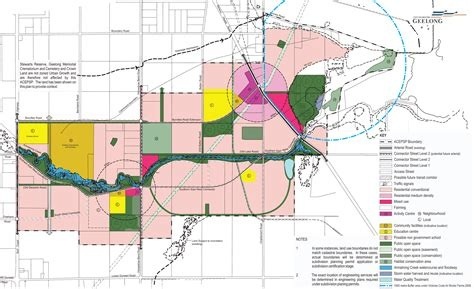
Regional Housing Fund Gippsland
Part of Victorian Government's $1 billion Regional Housing Fund delivering over 1,300 new homes across regional Victoria including Gippsland. Mix of social and affordable housing developed through collaboration with councils and communities.
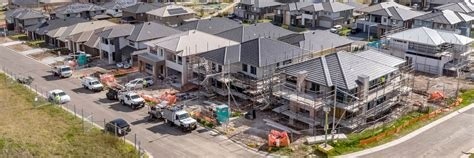
Eagle Point Lifestyle Estate
A premium masterplanned over-50s land lease community by Lincoln Place with plans for 209 architecturally designed two- and three-bedroom single-storey homes, located in Victoria's Gippsland Lakes region. Early works were planned to begin before the end of 2025, with the first residents expected by Christmas 2026. Resort-style amenities will include a clubhouse with cinema, library, and alfresco dining, a wellness centre with a gym and heated pool, a competition-sized bowls green, and a pickleball court. The development model is land lease, with no stamp duty, exit, or council fees for homeowners.
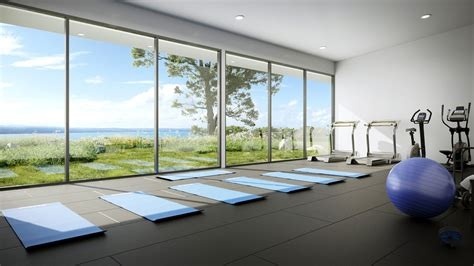
Paynesville Water Recycling Facility Storage Expansion
Construction of a new 300 megalitre (ML) water storage lagoon and associated infrastructure at the Paynesville Water Recycling Facility (WRF) in Forge Creek. This $8 million project will almost triple the facility's storage capacity to 460 ML, enhancing capacity for wet weather management, lowering the risk of environmental impacts from extended wet periods, and supporting population growth in coastal towns south of Bairnsdale (Paynesville, Newlands Arm, Eagle Point, Banksia Peninsula, Raymond Island). The new lagoon is 2 km from the existing WRF, requiring infrastructure for water transfer and irrigation. The project is being undertaken by Max Bright and Sons.
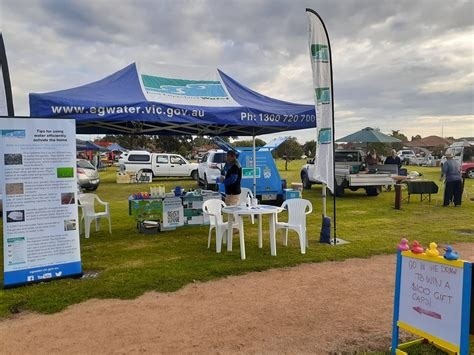
Employment
Paynesville shows employment indicators that trail behind approximately 70% of regions assessed across Australia
Paynesville has a skilled workforce with essential services sectors well represented. The unemployment rate in June 2025 was 4.1%.
At this time, 2,597 residents were employed while the unemployment rate was 0.3% higher than Rest of Vic.'s rate of 3.8%. Workforce participation lagged significantly at 40.8%, compared to Rest of Vic.'s 57.4%. Leading employment industries among residents included health care & social assistance, retail trade, and education & training.
Agriculture, forestry & fishing employed just 4.3% of local workers, below Rest of Vic.'s 7.5%. The area appeared to offer limited employment opportunities locally, as indicated by the count of Census working population versus resident population. Between June 2024 and June 2025, labour force levels decreased by 0.6%, while employment declined by 1.2%, causing the unemployment rate to rise by 0.6 percentage points. In contrast, Rest of Vic. experienced an employment decline of 0.9% and a labour force decline of 0.4%, with a 0.4 percentage point rise in unemployment. State-level data from Sep-25 showed VIC employment grew by 1.08% year-on-year (adding 39,880 jobs), with the state unemployment rate at 4.7%, compared to the national rate of 4.5%. Jobs and Skills Australia's national employment forecasts from May 2025 suggested potential future demand within Paynesville. These projections estimated national employment growth of 6.6% over five years and 13.7% over ten years, with significant variations between industry sectors. Applying these industry-specific projections to Paynesville's employment mix indicated local growth of approximately 6.4%% over five years and 13.6% over ten years.
Frequently Asked Questions - Employment
Income
Income metrics place the area in the bottom 10% of locations nationally according to AreaSearch analysis
Paynesville's median income among taxpayers was $41,295 in financial year 2022. The average income was $52,299. This was lower than the national average. In comparison, Rest of Vic.'s median income was $48,741 and average was $60,693. Based on Wage Price Index growth of 10.11% since financial year 2022, current estimates suggest Paynesville's median income is approximately $45,470 as of March 2025. The average income estimate for the same period is around $57,586. Census data from 2021 indicates that household, family and personal incomes in Paynesville all fall between the 6th and 8th percentiles nationally. Income analysis shows that 30.4% of Paynesville's population (2,231 individuals) have incomes within the $800 - $1,499 range, unlike regional trends where 30.3% fall within the $1,500 - $2,999 range. Despite modest housing costs that allow for 88.7% of income retention, Paynesville's total disposable income ranks at just the 11th percentile nationally.
Frequently Asked Questions - Income
Housing
Paynesville is characterized by a predominantly suburban housing profile, with above-average rates of outright home ownership
Paynesville's dwelling structures, as per the latest Census, consisted of 91.7% houses and 8.4% other dwellings (semi-detached, apartments, 'other' dwellings). This compares to Non-Metro Vic.'s 90.9% houses and 9.2% other dwellings. Paynesville's home ownership rate was 60.3%, with mortgaged dwellings at 23.6% and rented ones at 16.1%. The median monthly mortgage repayment was $1,300, aligning with Non-Metro Vic.'s average. The median weekly rent figure was $310, compared to Non-Metro Vic.'s $1,300 and $268 respectively. Nationally, Paynesville's mortgage repayments were significantly lower than the Australian average of $1,863, while rents were substantially below the national figure of $375.
Frequently Asked Questions - Housing
Household Composition
Paynesville has a typical household mix, with a lower-than-average median household size
Family households account for 68.0% of all households, including 15.5% that are couples with children, 44.9% that are couples without children, and 6.8% single parent families. Non-family households make up the remaining 32.0%, with lone person households at 29.8% and group households comprising 2.4%. The median household size is 2.1 people, smaller than the Rest of Vic. average of 2.2.
Frequently Asked Questions - Households
Local Schools & Education
Educational outcomes in Paynesville fall within the lower quartile nationally, indicating opportunities for improvement in qualification attainment
The area has university qualification rates of 18.4%, significantly lower than the Victorian average of 33.4%. This presents both a challenge and an opportunity for targeted educational initiatives. Bachelor degrees are most common at 11.9%, followed by graduate diplomas (3.3%) and postgraduate qualifications (3.2%). Vocational credentials are prominent, with 42.4% of residents aged 15+ holding such qualifications - advanced diplomas (13.1%) and certificates (29.3%).
School and university attendance comprises 18.1% of the community, including 6.6% in primary education, 5.0% in secondary education, and 1.5% pursuing tertiary education. Educational provision includes Paynesville Primary School and Eagle Point Primary School, serving a total of 265 students. Paynesville demonstrates typical Australian school conditions (ICSEA: 965) with balanced educational opportunities. Both schools focus exclusively on primary education, with secondary options available in surrounding areas. Local school capacity is limited at 3.7 places per 100 residents compared to the regional average of 12.3, leading many families to travel for schooling.
Frequently Asked Questions - Education
Schools Detail
Nearby Services & Amenities
Transport
Transport servicing is very low compared to other areas nationally based on assessment of service frequency, route connectivity and accessibility
Paynesville has two active public transport stops operating, both serving a mix of bus routes. These stops are served by four individual routes in total, offering 87 weekly passenger trips combined. Transport accessibility is rated as limited, with residents generally located 1365 meters away from the nearest stop.
On average, service frequency across all routes is 12 trips per day, which equates to approximately 43 weekly trips per stop.
Frequently Asked Questions - Transport
Transport Stops Detail
Health
Health performance in Paynesville is a key challenge with a range of health conditions having marked impacts on both younger and older age cohorts
Paynesville faces significant health challenges, with various health conditions affecting both younger and older age groups. Approximately 46% (~3,391 people) have private health cover, lower than the national average of 55.3%.
The most prevalent medical conditions are arthritis (affecting 13.9% of residents) and mental health issues (impacting 9.0%). However, 53.7% claim to be free from medical ailments, compared to 60.1% in the rest of Victoria. Paynesville has a higher proportion of seniors aged 65 and over at 41.8% (3,066 people), compared to 30.5% in the rest of Victoria. Health outcomes among seniors are above average, outperforming the general population in health metrics.
Frequently Asked Questions - Health
Cultural Diversity
Paynesville is considerably less culturally diverse than average when assessed alongside AreaSearch's national rankings for language and cultural background related metrics
Paynesville was found to be below average in terms of cultural diversity, with 83.3% of its population born in Australia, 91.9% being citizens, and 96.8% speaking English only at home. The main religion in Paynesville is Christianity, comprising 47.9% of the population. However, Judaism is overrepresented, making up 0.1% compared to the regional average of 0.1%.
The top three ancestry groups are English (36.2%), Australian (27.9%), and Scottish (10.4%). Notably, Dutch (2.0%) and French (0.6%) are overrepresented compared to regional averages of 1.9% and 0.4%, respectively. German is also slightly overrepresented at 4.0% versus the regional average of 3.4%.
Frequently Asked Questions - Diversity
Age
Paynesville ranks among the oldest 10% of areas nationwide
Paynesville has a median age of 60 years, which exceeds Rest of Vic.'s 43 and the Australian median of 38. The age profile shows that those aged 65-74 are particularly prominent at 22.9%, while the 35-44 group is smaller at 7.3% compared to Rest of Vic.. This concentration of 65-74 year-olds is higher than the national average of 9.4%. Between 2021 and present, the 75-84 age group has grown from 13.9% to 14.9%, while the 65-74 cohort has declined from 24.9% to 22.9% and the 55-64 group has dropped from 17.8% to 16.8%. By 2041, demographic projections show significant shifts in Paynesville's age structure, with the 25-34 age cohort projected to grow by 546 people (109%), from 499 to 1,046.
